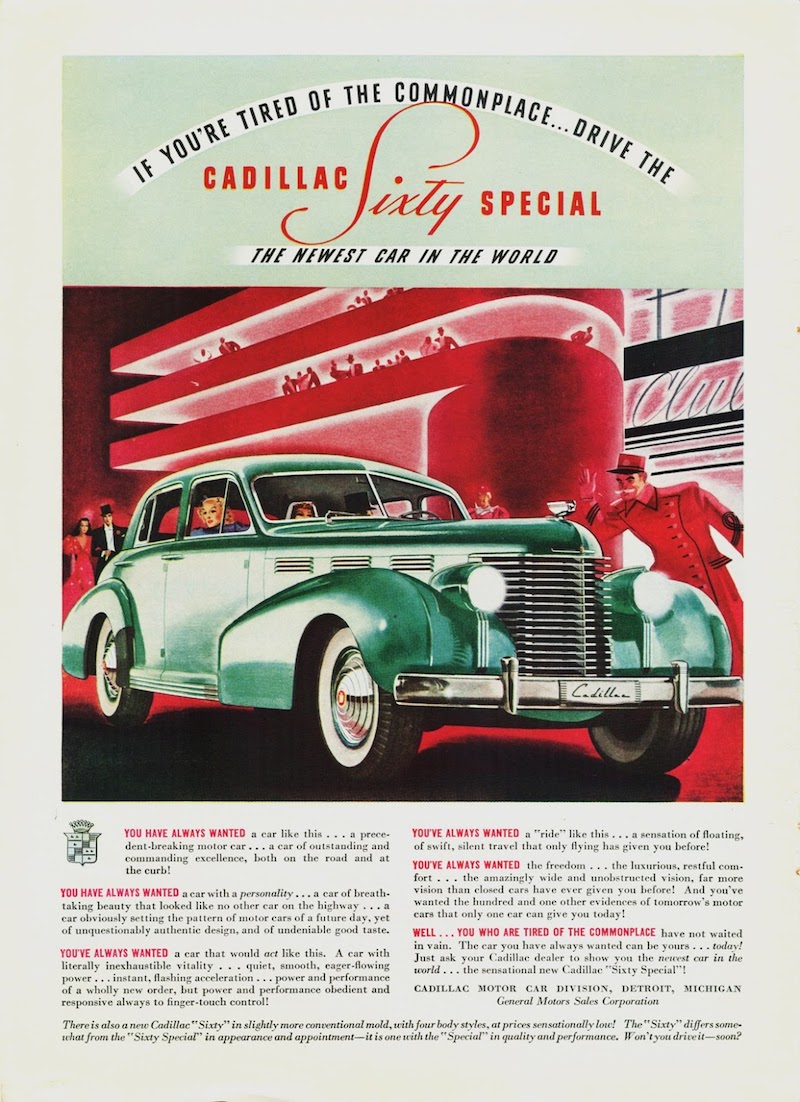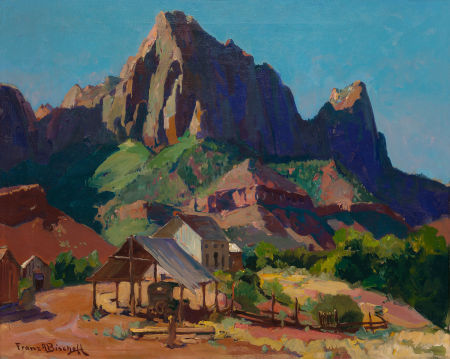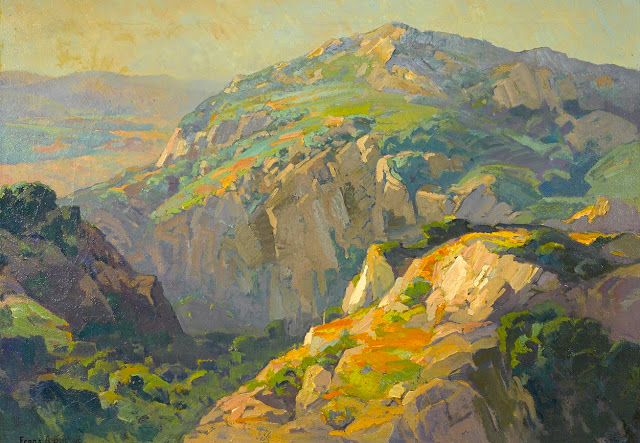Her brief Wikipedia entry is here and information on a web site devoted to her is here.
I'm now located near the cutesy-poo arty town of La Conner, Washington where one gallery features her lithographs. They are usually charming and nicely composed, though not being an Alaska fan, I am not tempted to buy one. (I grew up in Washington state back when its population was about a quarter of its now nearly eight million. In those days, even between larger cites such as Seattle, Tacoma and Everett there were plenty of forests and such. Western Washington is not as rugged as the Alaska Panhandle, but the same kind of elements were there. So Alaska is no big deal to me, and I've only been there once.)
The images below are copyrighted. However, they are much smaller than the original prints and only serve to acquaint readers with the artist's work -- examples of which can be purchased in galleries or online.
Late Boat
Northern Lights, Juneau - 1992
Russians were the first Europeans to colonize Alaska, and remnants of that time (pre-1867) remain, such as this church.
Fish Buyer
People are nearly always depicted as being chunky. To some degree this is because of the kinds of clothing Alaskans need to wear. But those solid shapes also help in terms of a scene's composition and coloring.
Sorting Crabs
A town wedged against the mountains.
Probably the Juneau airport with people waiting for an Alaska Airlines flight to Seattle and points south.


























































